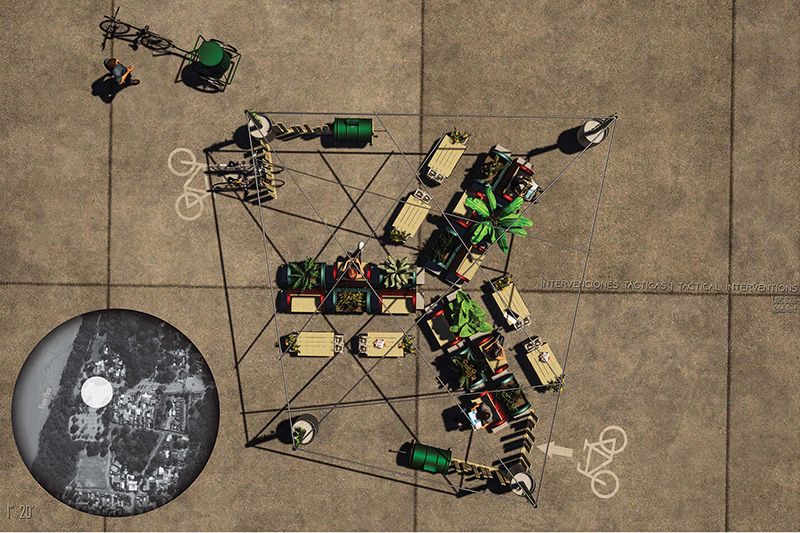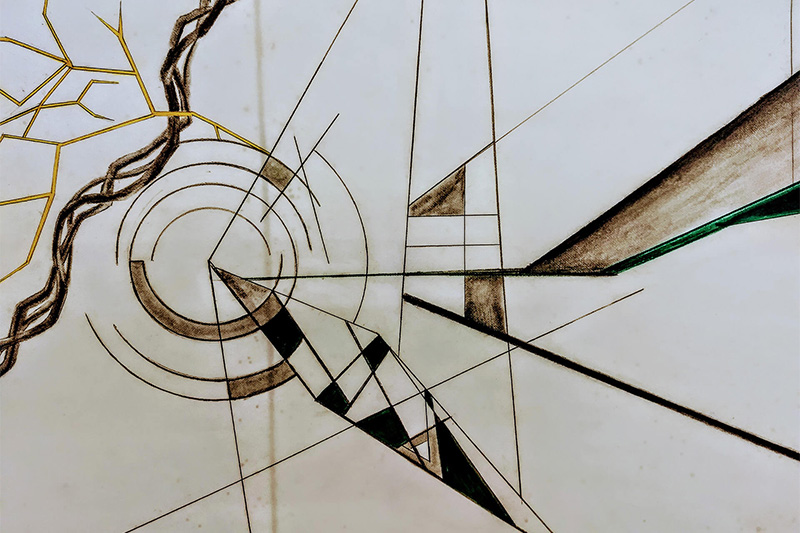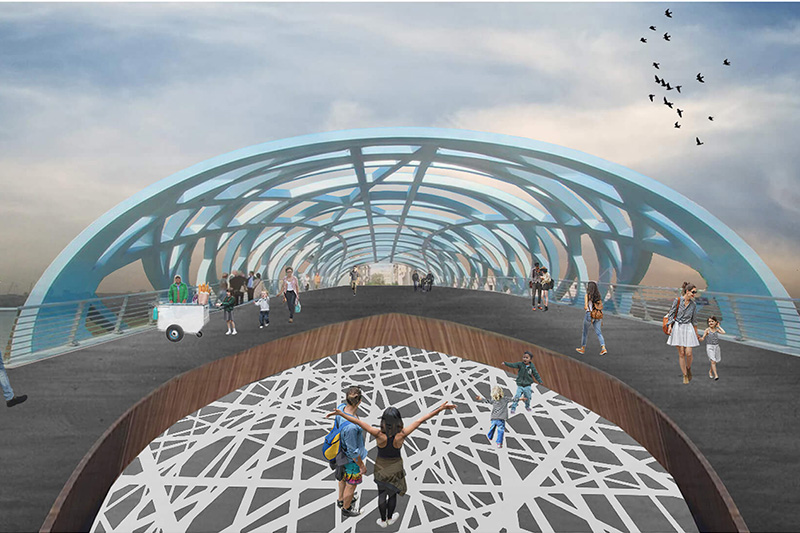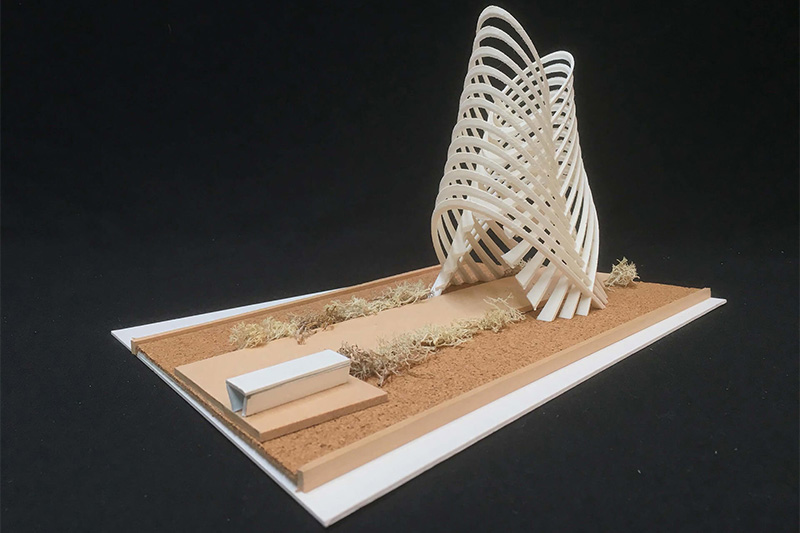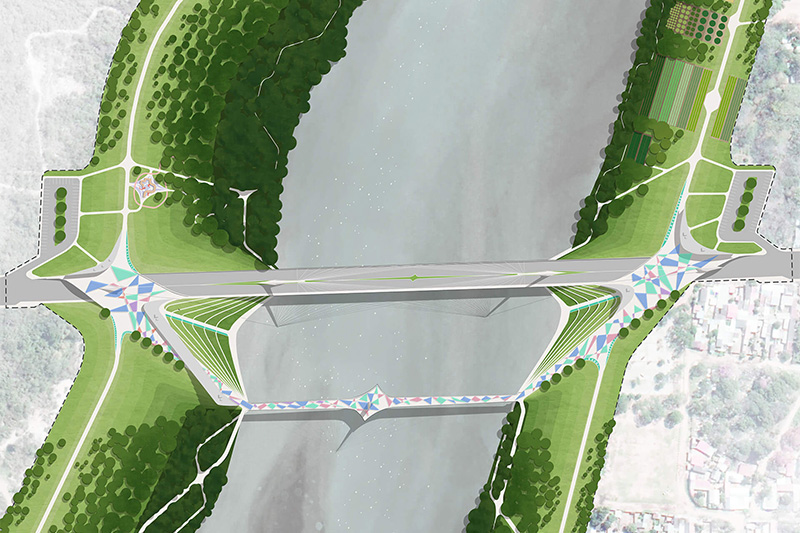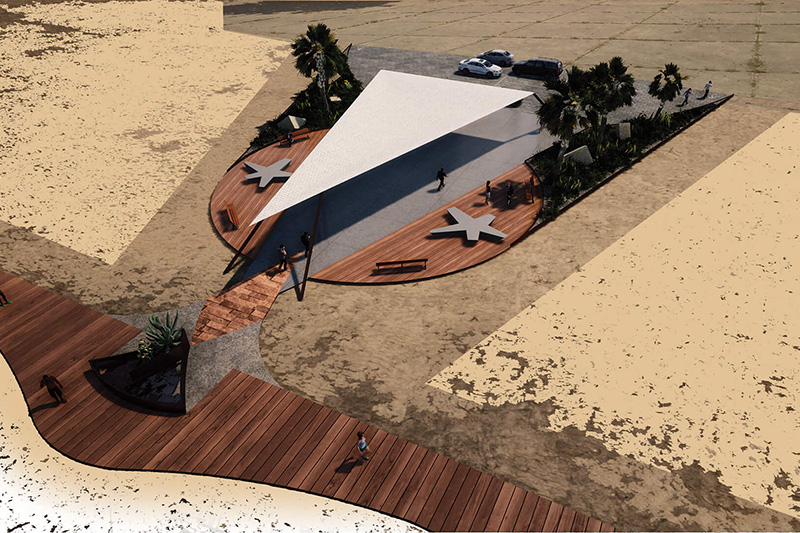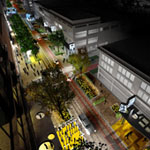Spring 2019
Discipline: Landscape Architecture
Year Level: 3rd & 4th
Professor(s):
Gabriel Díaz Montemayor, (then) Visiting Assistant Professor and Verna C. Garvan Distinguished Visiting Professor of Landscape Architecture
Dr. Noah Billig, Associate Professor of Landscape Architecture
Dr. Carl Smith, Associate Professor of Landscape Architecture
Description:
This studio analyzed and developed urban design and landscape architecture solutions for the reconciliation between natural, social and urban systems in the urban, peri-urban and rural communities of the region of Metropolitan Santa Cruz, in Bolivia. The focus was on infrastructural systems – such as urban drainage networks and under-used open spaces and corridors – that have the capacity to be transformed and regenerated as social and environmental assets within the context of a rapidly changing, rapidly growing, urban center and its satellite rural settlements.
Bolivia, and Santa Cruz in particular – and in a global sense – is a unique case of environmental, social and cultural challenges. Bolivia, and its de facto capital of culture and commerce at Santa Cruz, lies torn, culturally and geographically, between the Pacific Ocean and Andean cultural and social heritage, and the Amazonian and vast Pampa Landscapes shared with Paraguay, Brazil and Argentina. Santa Cruz – one of the most rapidly developing cities in the world – faces steep challenges to reconcile a recent history of antagonistic social narratives and inequality towards Andean peoples; a demoralized and disenfranchised European-descended population; and pockets of deprivation and lack of urban infrastructural capacity. Access to greenspace, mobility, sanitation and drainage, lies beyond the reach of much of the city's populous, while even now, the city is forecast to grow even further, at ever-increasing rates into the agricultural hinterland. The studio therefore focused on tactical demonstrations of ethical urbanism; access to greenspace and natural assets, such as the River Piray; and urbanism patterns that maintain high-density objectives, while exploring quality of life issues.

